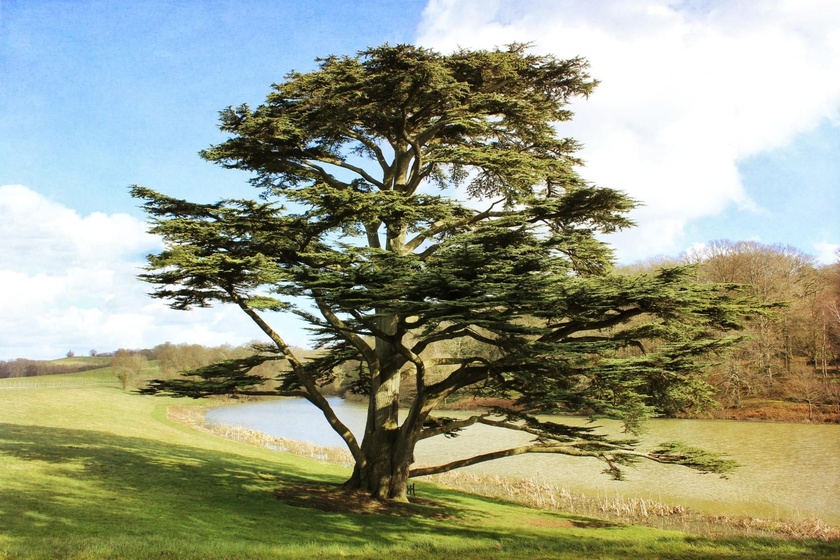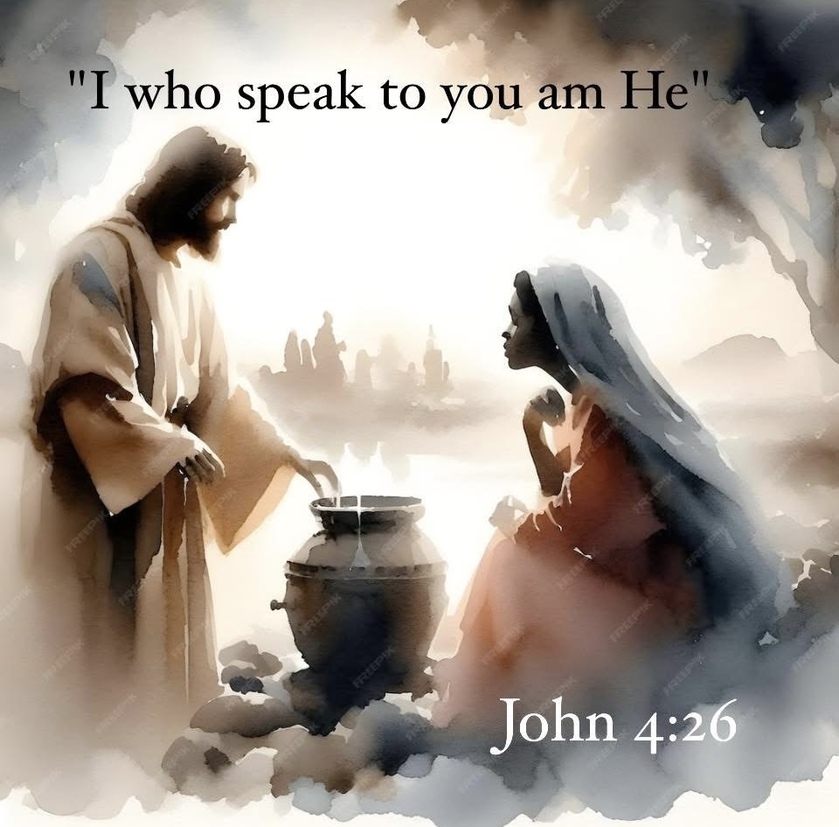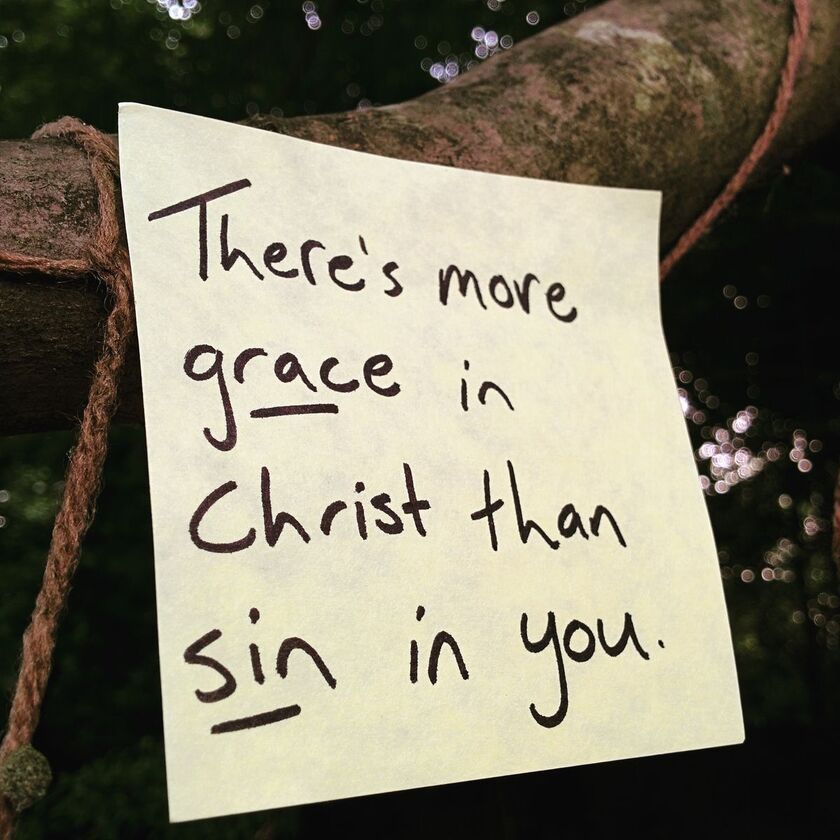The Parable Of The Giant Cedar
Ezekiel 31:3-9
"‘Who are you like in your greatness?
Think of Assyria, a cedar in Lebanon,
with beautiful branches and shady foliage
and of lofty height.
Its top was among the clouds.
The waters caused it to grow;
the underground springs made it tall,
directing their rivers all around
the place where the tree was planted
and sending their channels
to all the trees of the field.The cedar became greater in height
than all the trees of the field.
Its branches multiplied,
and its boughs grew long
as it spread them out
because of the abundant water.
All the birds of the sky
nested in its branches,
and all the animals of the field
gave birth beneath its boughs;
all the great nations lived in its shade.
It was beautiful in its size,
in the length of its limbs,
for its roots extended to abundant water.
The cedars in God’s garden could not eclipse it;
the pine trees couldn’t compare with its branches,
nor could the plane trees match its boughs.
No tree in the garden of God
could compare with it in beauty."
Like the parable of the mustard seed that Jesus shared, in the gospel, that seed which became a mighty tree, a tree in which all the birds would come and nest in its branches. The transformation of a mustard seed into a giant tree in this parable by Jesus emphasizes the Kingdom's organic, and continually expanding aspect. Jesus' mustard seed parable depicts a handful of disciples becoming a worldwide church. This tree was made fair by God, and became the envy of all the nations (trees). In both parables the birds are not always what they seem. In many of the biblical stories, birds represent messengers of hope, strength, power, prosperity, and trouble and are often the deliverers of corruption, the apostates.
These parable trees became proud on account of their height and the many birds that have come together in its branches. Throughout history, pride is a destroyer. The trees are lifted up in their pride and are soon destroyed by the heathens. Babylon the destroyer comes and foreigners, ruthless men from the many nations, cut it down and leave it lying on the ground. Its limbs are left fallen on the mountains and in every valley.
The birds in that mustard seed parable are not simply "window dressing." They emphasize that the Kingdom is open to all, which is wonderful and dangerous at the same time. Definitely worth noting and keeping watch over the fields.
In the bible, birds often carry prophetic meanings that can provide insights and guidance in our lives. In the parable of the sower, Jesus talks about the birds as devouring the word of God (the seed) so that it never takes root.
"As he was scattering the seed, some fell along the path, and the birds came and ate it up."
Drawing on images of birds in Ezekiel, it seems to be an allegory about the Gentile (pagan) inclusion into the church. And all those various religious beliefs and customs come along with them. A small seed of faith took root in Israel (the Christian church), and soon that tree grew up great and mighty in it's stature (branching out into the many gentile worlds). Many nations (trees) envied its branches, and many birds came to make a home in it's shade.
In the parable of the Tares, the field is all the earth and it appears to represent the earth everywhere and includes all walks of life. In that parable the Devil seeds in weeds among the wheat. In a nonmetaphoric way, weed seeds are spread by the birds of the air. They literally poop the seeds out as they go about their ways. The weed seed randomly lands wherever with no purpose whatsoever. It's cast off carelessly. And soon takes advantage of the careful cultivation of the sower. These birds represent various people groups. The birds illustrate that the Kingdom is beckoning to all peoples. And God intends to expose the cultivated fields intentionally to the birds randomness and careless inclusion. The gospel kingdom gathers all under its strong branches, all benefit from it's shade, and eventually they (the weeds and the wheat) will be cut down and harvested. The wheat is gathered into the masters barns and the weeds are thrown onto the fire. The threshing floor sorts them out.
The threshing floor is a significant symbol in the Bible, which is mentioned both in the Old Testament and in the New Testament. Usually, animals are used to crush and break the sheaves of the grains on the trashing floor or people manually use sticks to break the sheaves apart. Like the Babylon destroyers God used to pull down the great Cedar tree that was Egypt. Continuing with the threshing, by tossing the grains upon the wind, the workers thereby separate those grains still within the husk and those already edible. The process is called winnowing. The threshing floor, in this particular situation, was a symbol of judgment or the symbol of heaven and hell. Lying there on the threshing floor, the chaff symbolizes the destruction of the wicked. Along with the weeds it's end is the fire.
When I think about this Cedar tree, (the church), I think about the neighborhood tree cutters. When their work is finished the branches are made into green wood chips. The wood chips are piled up and immediately begin heating up. Left alone long enough, lacking oxygen, the pile can literally combust. The only way to make any good use of that pile of chips is to toss it and thereby aerate it. Eventually the tossing and aeration will encourage decomposition and ultimately you'll have good soil. The branches no longer great. No longer providing shade. No birds there nesting. The decomposition cooks the weed seeds killing them. And finally you'll have a rich garden soil free of disease and weeds.
Hmmm 🤔 food for thought.
Conclusion:
In the church that Christ established...manure happens!




















